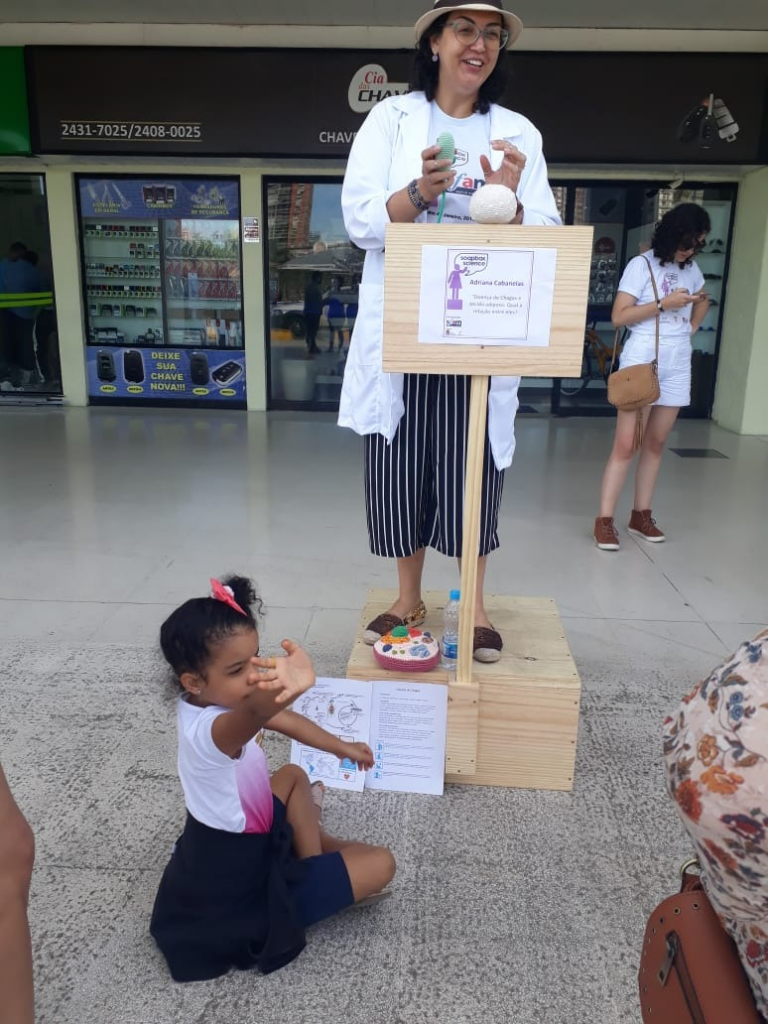Originally published on July 22, 2019, by Adriana Cabanelas, in Portuguese, here
by Dr Adriana Cabanelas
The first thing I had to explain when I said I was going to speak at Soapbox Science had nothing to do with science, but rather with the name of the event. Everybody in Brazil just asked “Soap…box?”, you are going to talk about the science of boxes that carry soap? It was funny, I can’t deny it. In Brazil we don’t have the habit of making speeches in public places, much less taking a box with us to do so (we would rather climb a bench or a statue). So, although a lot of Brazilians do have some basic English skills, they could not relate the word soapbox with a pulpit, a podium to climb and give a talk, so I had to explain that in England the soapboxes were usually used as pulpits in the last century, so the soapbox became a synonym for public speaking (I hope I explained it right, lol).
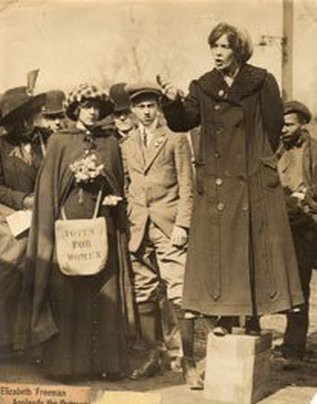
A woman speaks on a soapbox. I had to show this photo a lot to explain the event name.
This year the first edition of Soapbox Science was held in Brazil. It was organized by Dr Tatiana Pinto, Dr Rachel Ribeiro, Dr Aline Souza, Dr Laura Andrade, and MSc Natalia Araujo, in Rio de Janeiro.
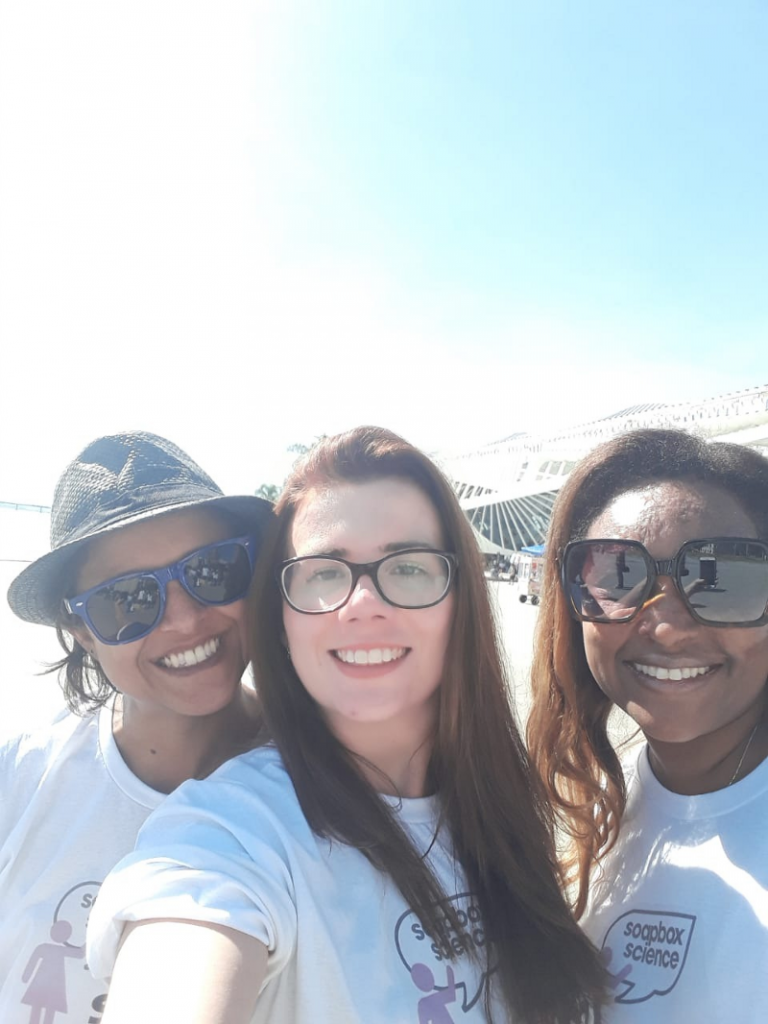
Some of our wondrous organizers
The first day took place at Mauá Square, a place full of tourists and visitors, since it was revitalized for the Olympic games a few years ago and has two great museums to visit. It was quite a hot day in our hot winter (about 30º Celsius) and the sky was clear, so there we gave to the people a lot of science and sweat, lol. Next year we should attach a parasol to the soapbox. The second day happened at the entrance to a big supermarket, the Carrefour supermarket in Barra da Tijuca. I’m from Rio, but a lot of scientist women came from other states to give a talk. The public was way bigger than I assumed, I really didn’t expect so many people would stop and engage. They were seeking more knowledge; they asked interesting questions about science and public science politics and were thrilled to know there’s a lot of cool stuff being made in Brazil by female scientists.
It was a pleasure being selected by the organization, and even better to get to know a lot of talented scientists with amazing research.
The Instagram account O que a Cientista disse recorded some of our talks, if any Portuguese speaker would like to watch or if you just want to see us talking. The A Ciência Explica blog made a video too. It’s kind of funny to see yourself talking, you realize you said something silly or not very accurate trying to make it easier to understand and it’s ok, it’s gone, nothing can be done about it, lol
Every one of us took objects that would help us explain the complicated concepts in an easy way. I took some drawings and amigurumi toys, kindly lent by Dr Ines Gonçalves and Luciana Lobo. They were hand made by Ines herself and Clarissa Werneck, and are totally gorgeous. They were essential to clarify the explanations. I would love to have some toys of my own, but they are really expensive in Brazil for a poor scientist like me. If anyone would like to donate me some toy cells and germs, I would be thrilled.
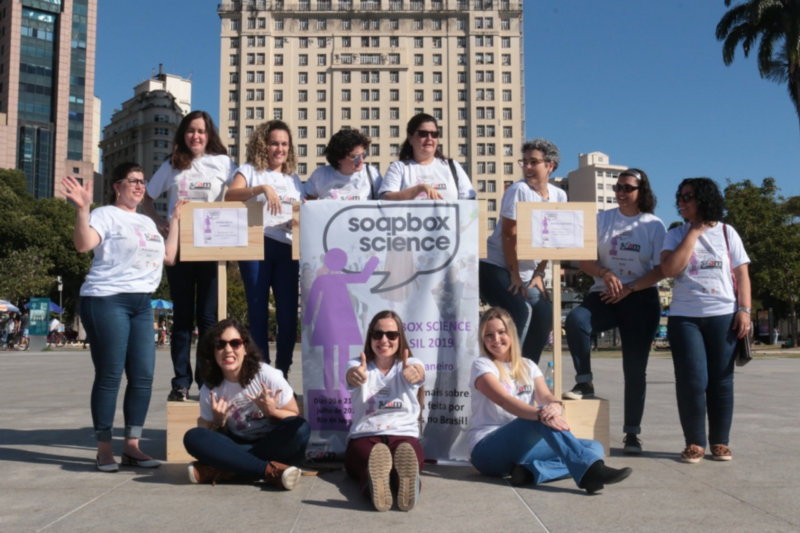
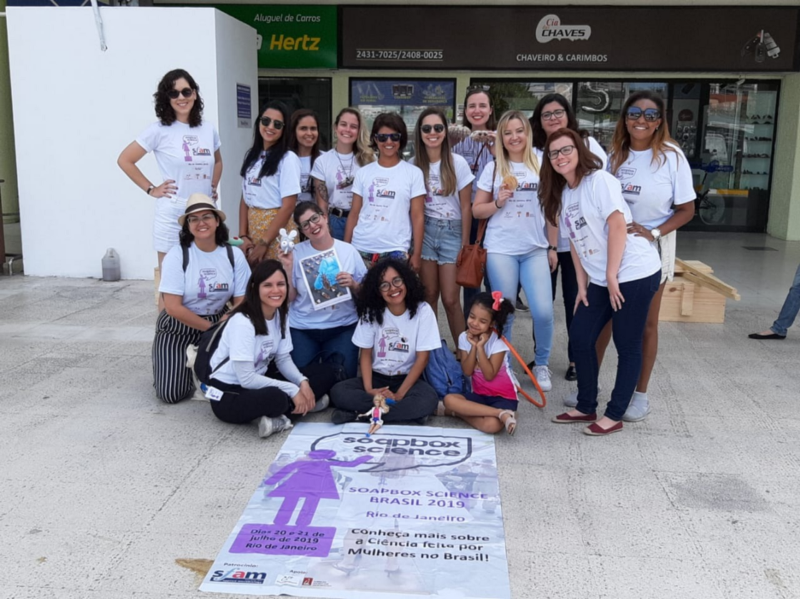
I would also like to thank the volunteers for their help on both days. It was an amazing experience, in which I found that there are people wanting to know what I do (“where is the Chagas lady?”), that made me learn a lot more about communication and renewed my willingness to keep doing science communication (I’m one of the hosts of the Microbiando podcast, a podcast about news in microbiology and immunology). This weekend gave me an accomplishment smile (and an unexpected sunburn even wearing sunscreen, but it was totally worth it)
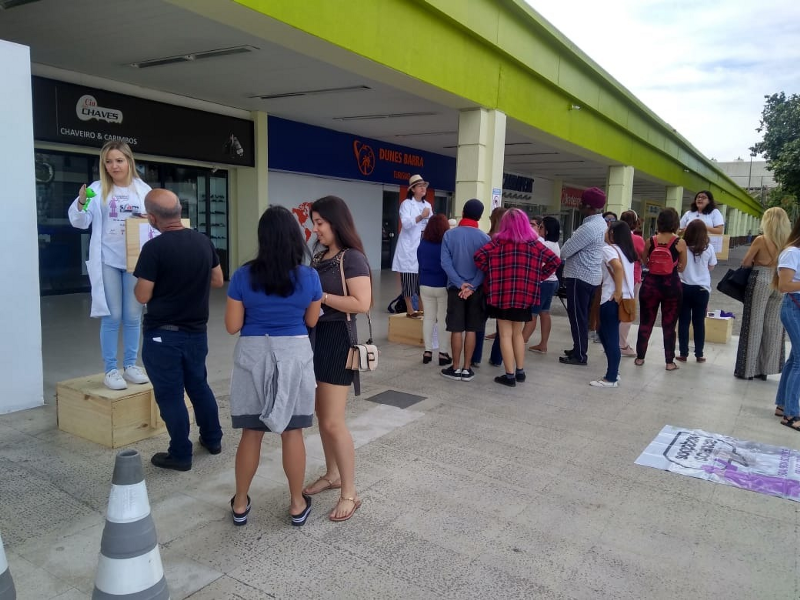
I hope I can help with the next Brazilian edition because I loved it!
Here are some photos of the speakers on their boxes:
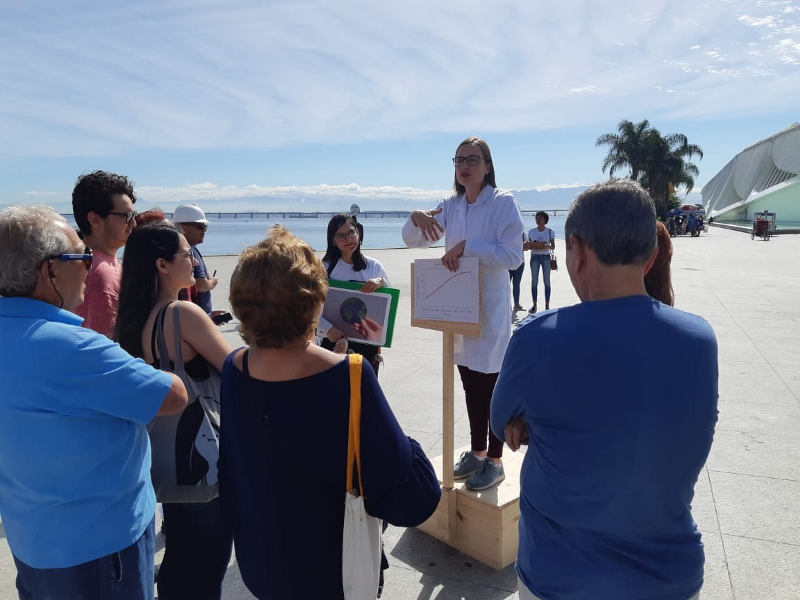
Dr Maria Letícia Bonatelli, (@marialbona), ESALQ/USP “Micróbios: nossos pequenos heróis / Microbes: our tiny heroes.”
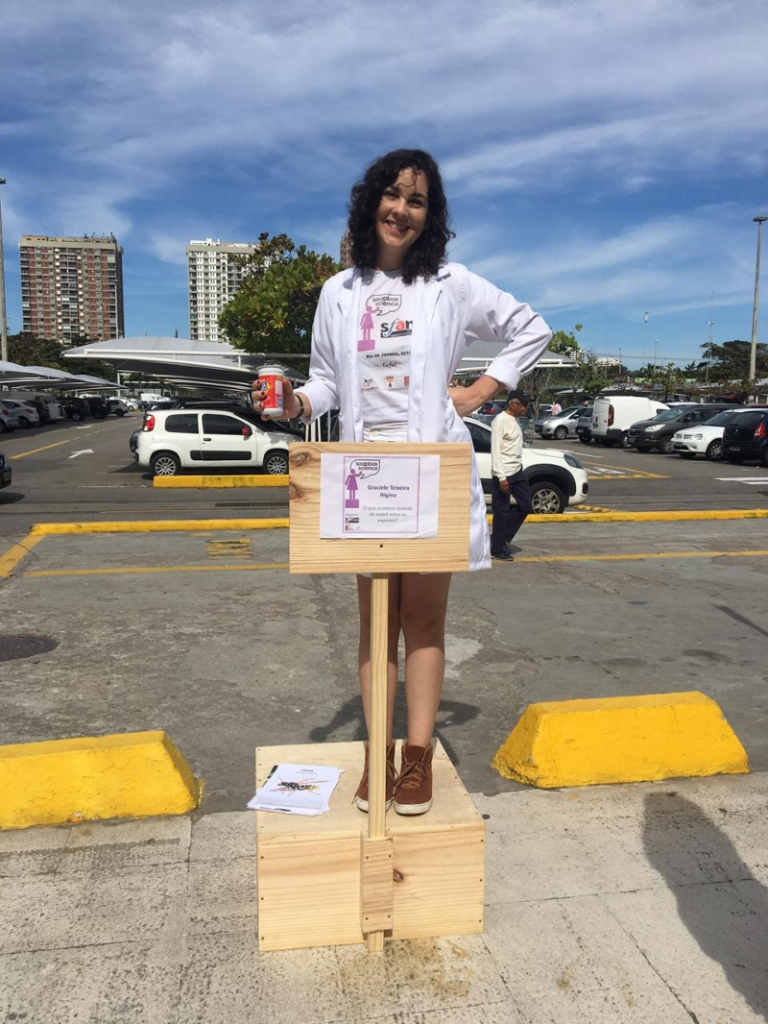
MSc Gracielle Teixeira Higino, (@graciellehigino), Universidade Federal de Goiás “O que acontece quando dá “match” entre as espécies? / What happens when species get a match?”
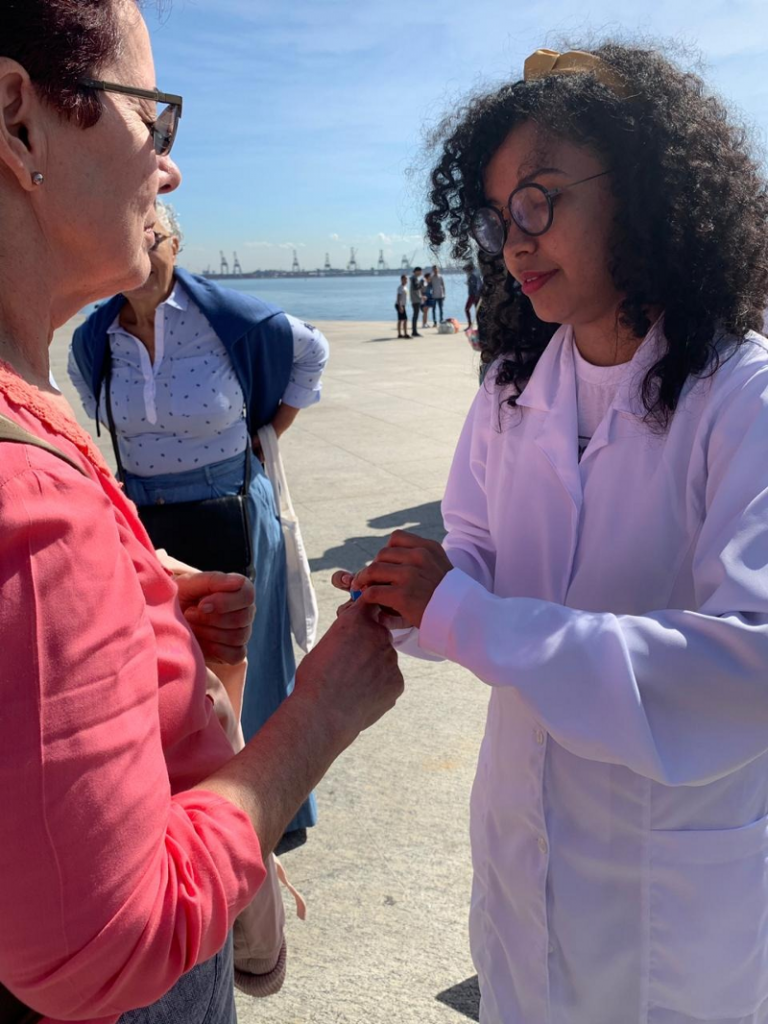
MSc Sendy Melissa Santos do Nascimento, (@send.science), Federal University of Alagoas “Conhecendo partículas pequeninas de carbono / Knowing tiny carbon particles”
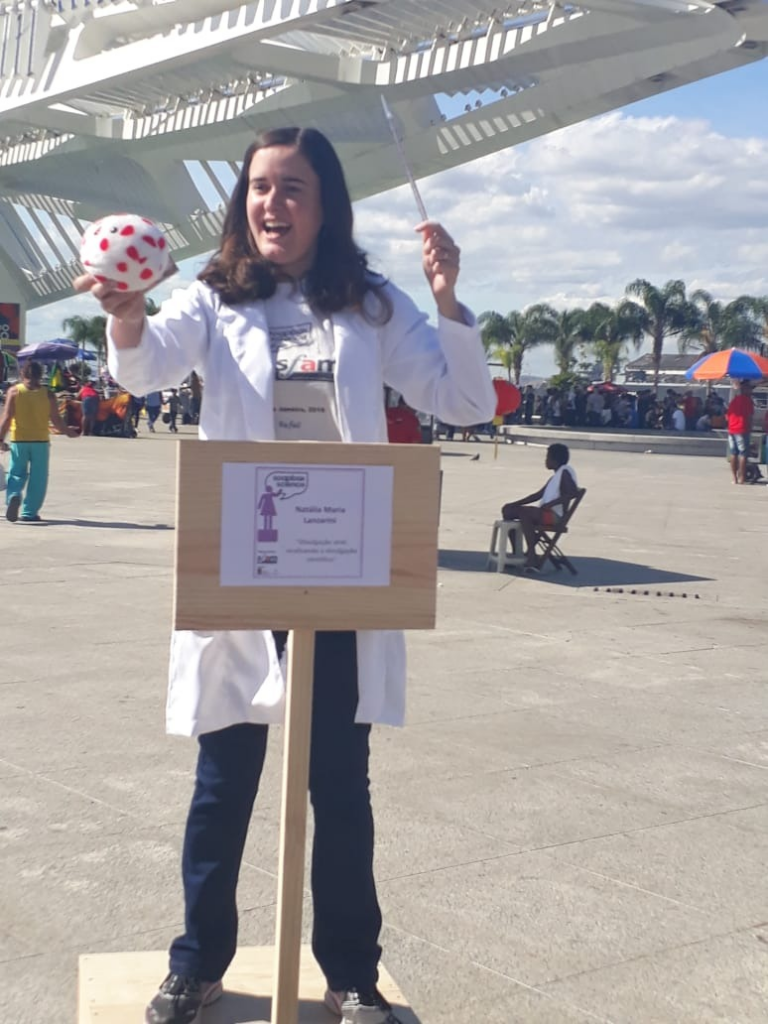
Dr Natália Maria Lanzarini (@dotoevirose) Programa de Saúde Pública e Meio Ambiente/ENSP “Divulgação viral, Viralizando a divulgação científica / Viral Science Difusion”
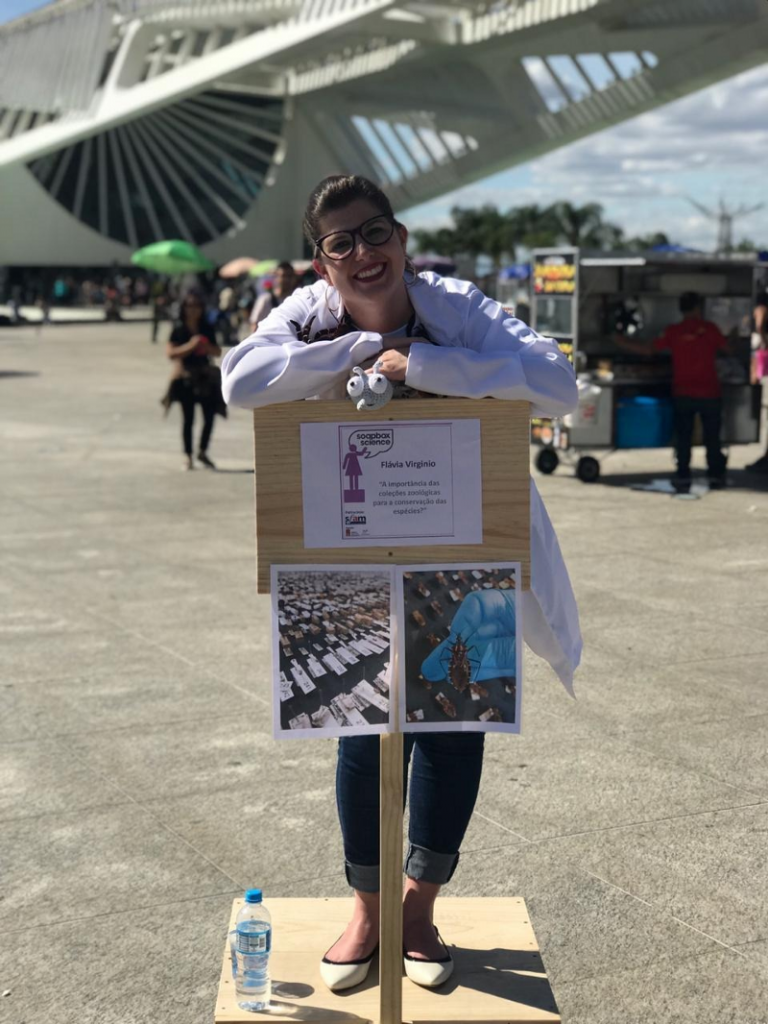
Dr Flávia Virginio, (@_NV1C / @nuncavi1cientista), Instituto Butantan “A jmportância das coleções zoológicas para a conservação das espécies / The importance of zoological collections for the preservation of species”
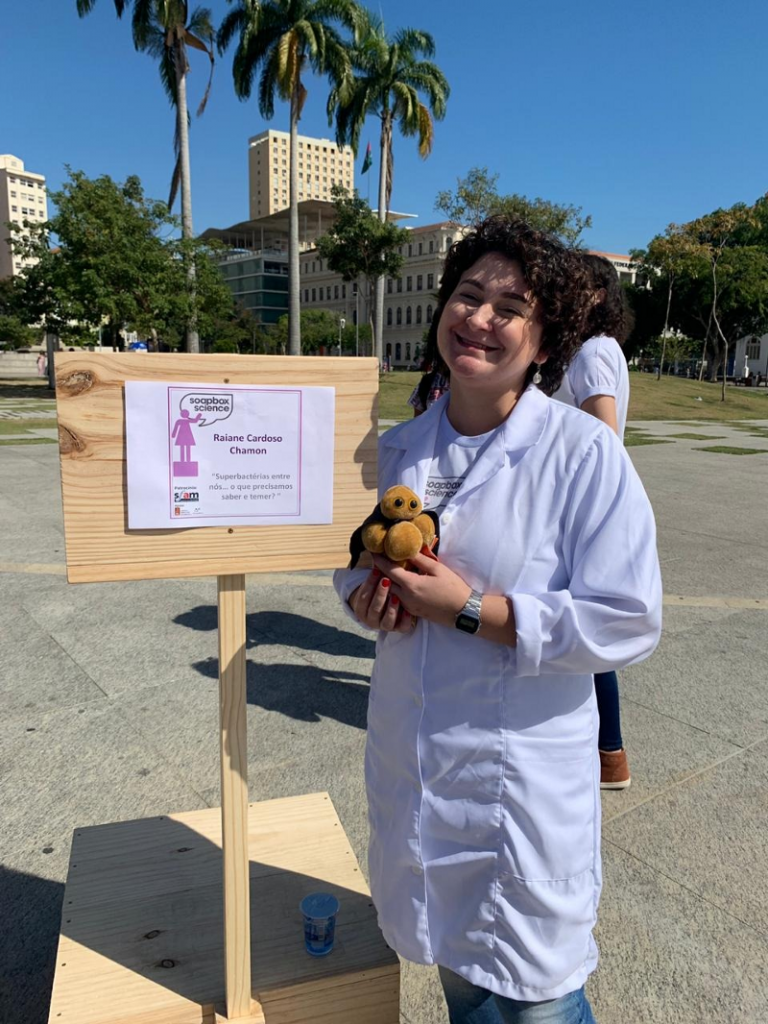
Dr Raiane Cardoso Chamon (@chamonraiane), Universidade Federal Fluminense “Superbacterias entre nós… o que precisamos saber e temer? / Superbugs among us… what do we need to know and fear?”
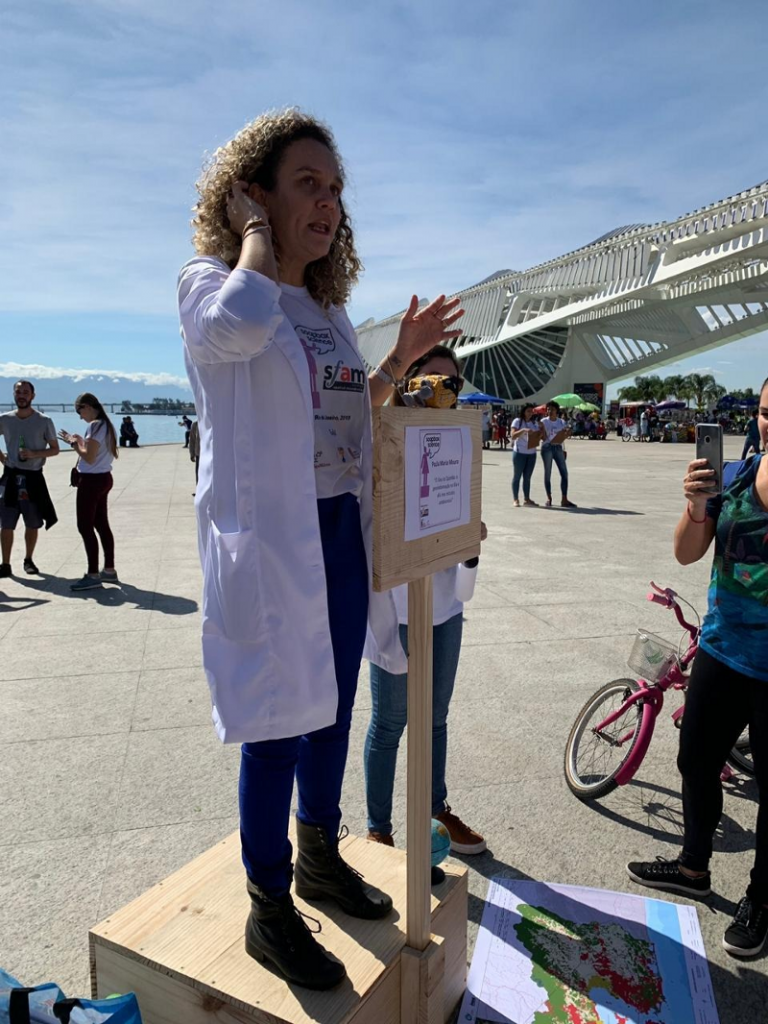
Dr Paula Maria Moura de Almeida, (@paulamariamoura) Universidade Castelo Branco “O Geo da Questão: a geinformação no dia a dia e nos estudos ambientais / The Geo of the Question: the geoinformation in the day to day and in the environmental studies”
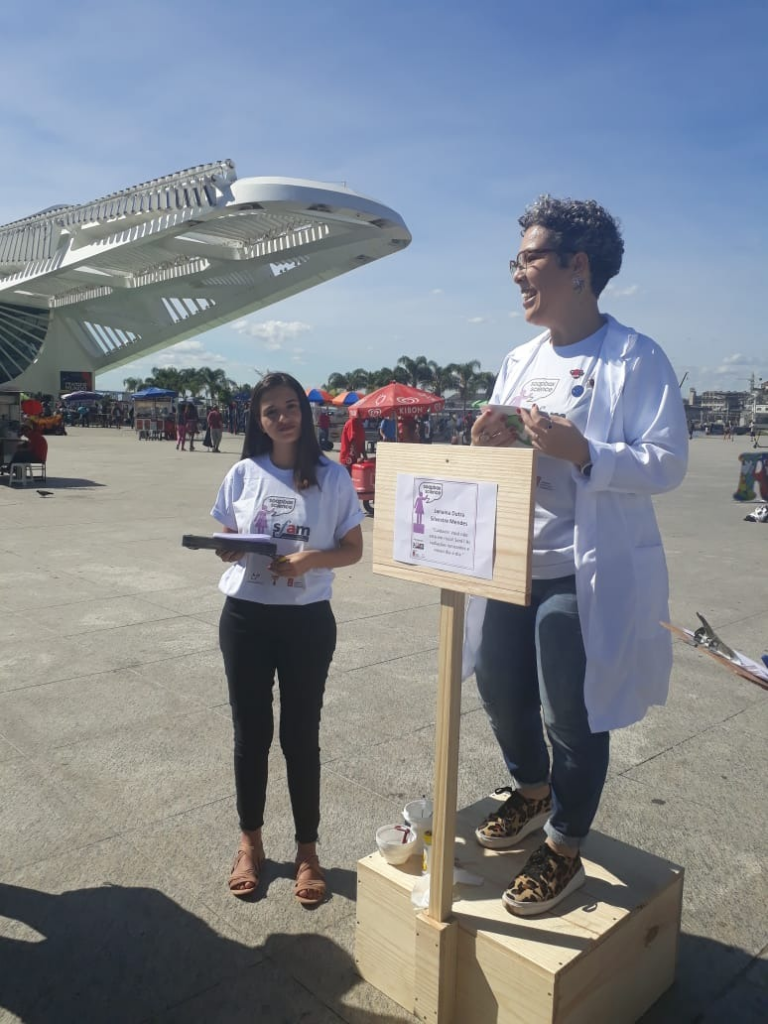
Dr Janaína Dutra Silvestre Mendes (@becquereladas), National Cancer Institute (Instituto Nacional de Câncer – INCA / MS) “Cuidado! Você não está em risco! Será? As radiações ionizantes e nosso dia-a-dia / Watch out! You’re not at risk! Really? Ionizing radiations and our daily lives”
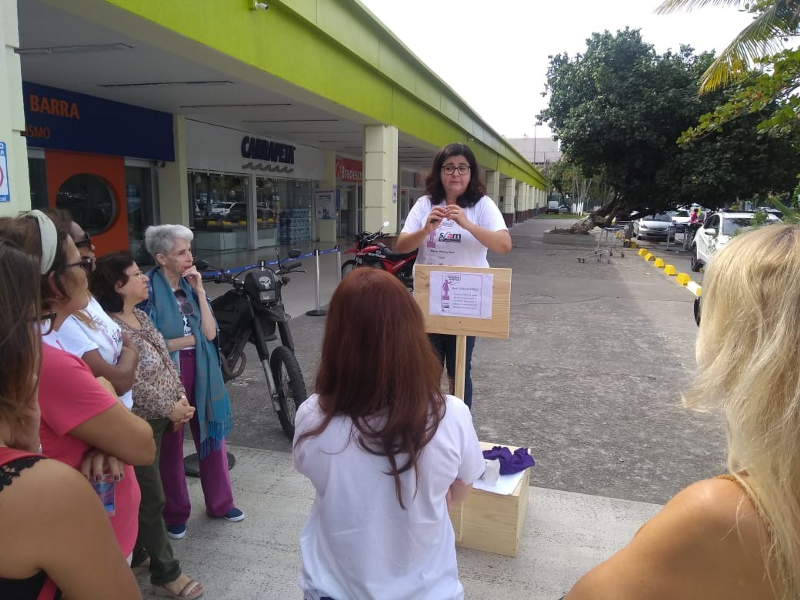
MSc Ana Cristina Villaça, University of Wollongong “Como a ciência pode ajudar a aumentar o conforto (térmico) e reduzir o consumo de enrgia em sua casa. / How science can help you increase your (thermal) comfort and reduce the energy bills at home.”
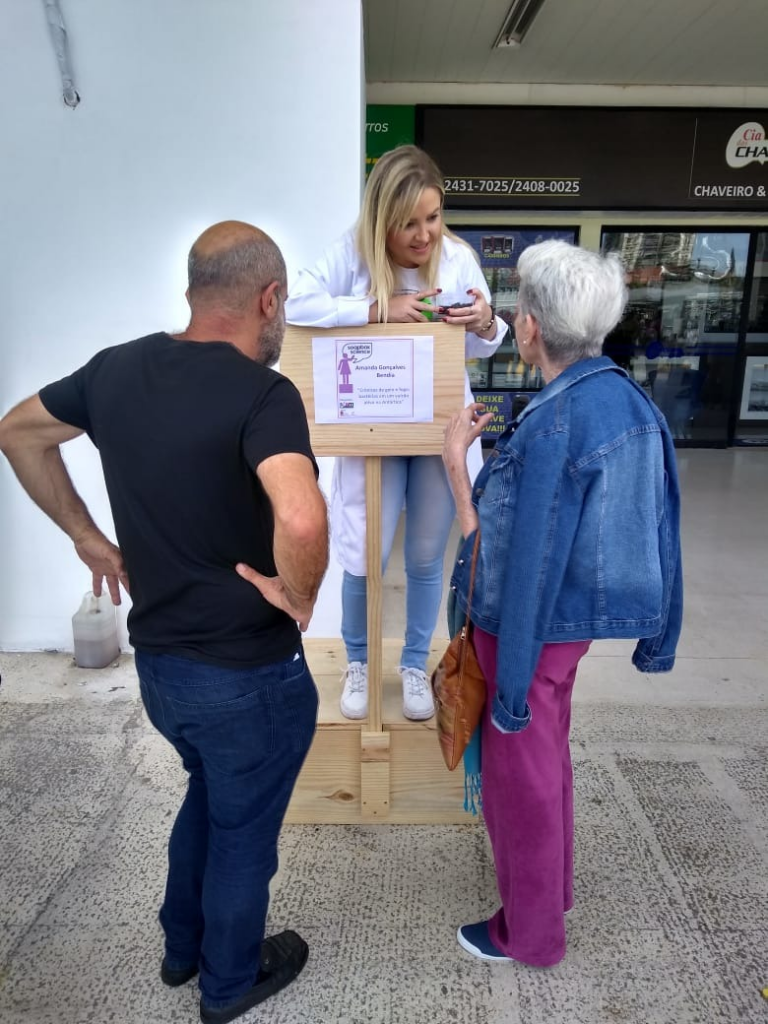
Dr Amanda Gonçalves Bendia, (@amanda_bendia), Universidade de São Paulo, Instituto Oceanográfico “Crônicas do gelo e fogo: bactérias em um vulcão ativo na Antártica / A song of ice and fire: bacteria from an active Antarctic volcano”

Dr. Juliana Reis Cortines, (@jurcortines), Federal University of Rio de Janeiro “Evolução da vida na Terra contada pelos vírus / Life on Earth as told by viruses”
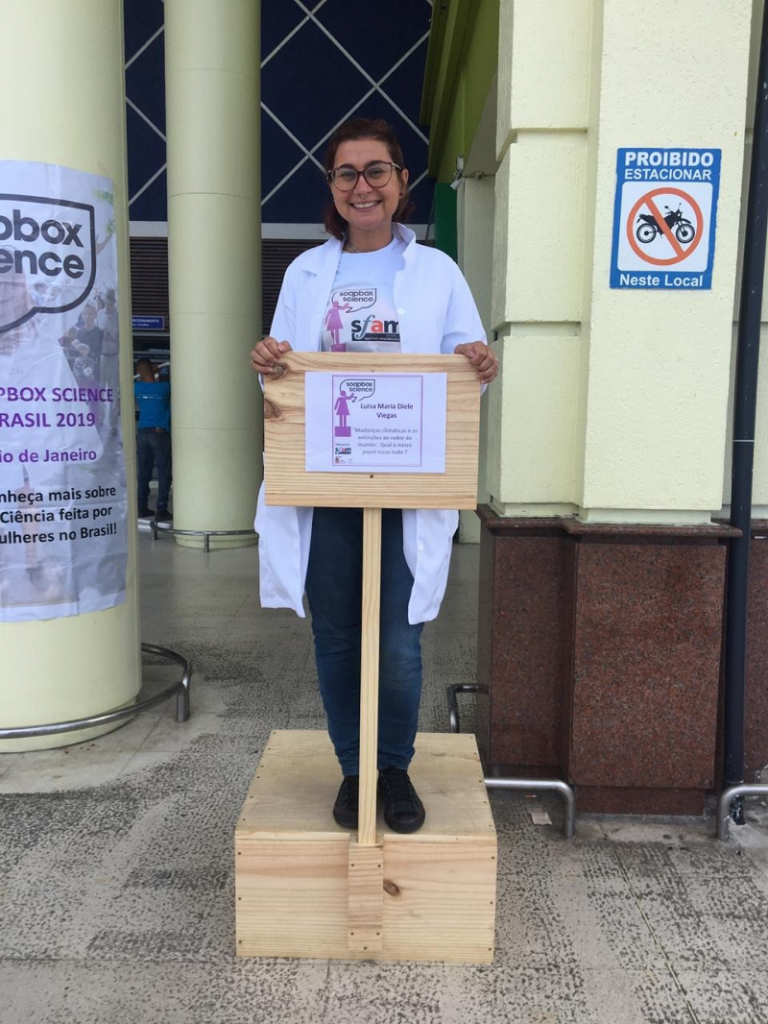
Dr Luisa Maria Diele Viegas Costa Silva, UFBA “Mudanças climáticas e as extinções das espécies ao redor do mundo: Qual o nosso papel nisso tudo? / Climate change and extinctions all over the world: What is our role in that?’”
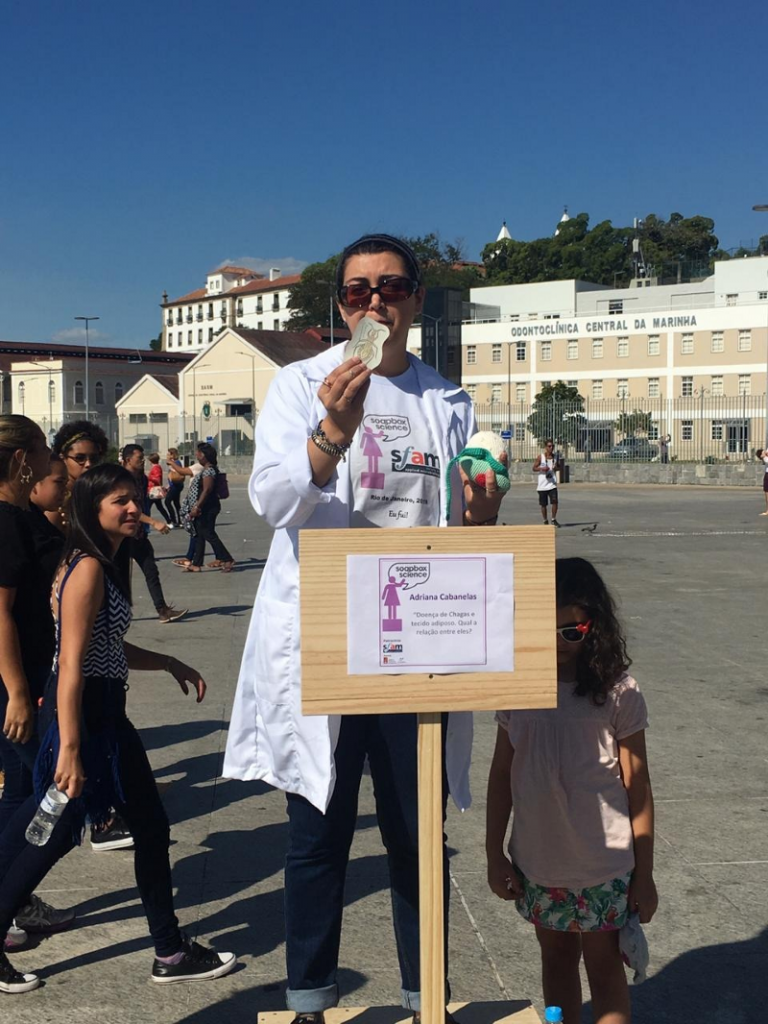
And I, Dr Adriana Cabanelas, (@dri_cabanelas) “Doença de Chagas e tecido adiposo. Qual a relação entre eles? / Chagas disease and adipose tissue: what’s the connection between them?”
